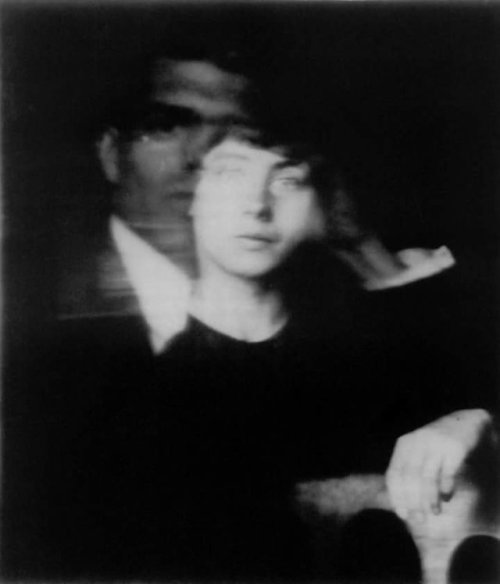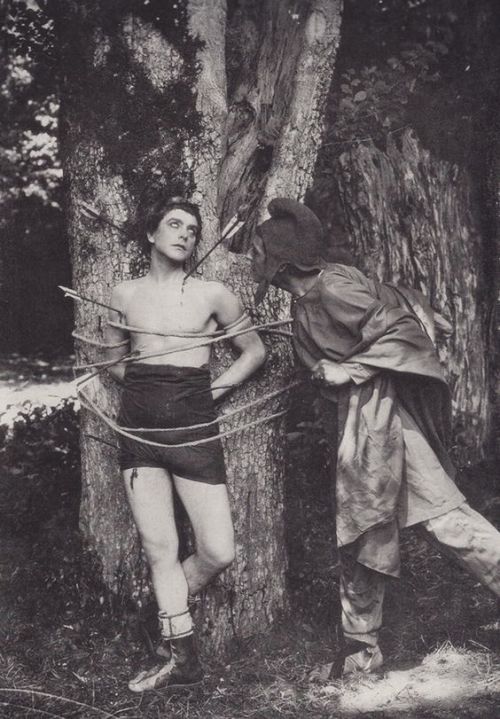Welcome. As I Am Figuring How To Go About Freelance Writing, I Want To Partially Support Myself With

Welcome. As I am figuring how to go about freelance writing, I want to partially support myself with Patreon. What you will get from me are weekly essays on Black pop culture/Black female sexuality/Black radicalism, long form essays on any of the aforementioned subjects and the occasional poem. I want to use Patreon as a platform to launch my writing and eventually photography and ink drawing.
More Posts from Raskopal and Others

Girls in the garden at “Orphan City,” an enormous orphan refugee camp of more than 30,000 children managed by Near East Relief in Alexandropol (modern Gyumri, formerly Leninakan), Armenia, circa 1920.


Pierre Bonnard. Marthe Bonnard , 1889-1901

Hannah Höch with Raoul Hausmann • Self Portrait 1919

@pursimuove
![“Back In 1924, He [Paul Robeson] Was Rehearsing The Last Act Of The Emperor Jones, And Script Called](https://64.media.tumblr.com/0c030b91cc5506c569672a1293f5caa8/07ef2ab123f91c88-2a/s500x750/a878b42adea620a05d3a33af93642b5006ec0341.jpg)
“Back in 1924, he [Paul Robeson] was rehearsing the last act of The Emperor Jones, and script called for Jones to exit, hands in his pocket, whistling a tune. Robeson said he couldn’t whistle. The director said, ‘Well, hum… or sing, if you want to.’ And that’s the beginning of his singing career.”
— From the documentary Paul Robeson: Tribute to an Artist (dir. Saul J. Turell, 1979)

Enrico Guazzoni The Martyrdom of St. Sebastian (Livio Pavanelli)
Film still from “Fabiola”, 1918



Unfinished Roman-Era Statue Unearthed in Greece
An unfinished Roman-era statue made of marble was unearthed in an excavation in Veria recently, according to a statement issued by the Greek Ministry of Culture on Wednesday.
The statue, which does not have a head, is three-fifths life size; at this point it is unknown who it depicts, although traditionally the only unclothed figures in Greek statuary are of gods or athletes.
The spectacular find, taking place almost at the end of the year, occurred in the center of the Ancient Greek city of Veria, in the heart of Macedonia, very close to the archaeological site of Agios Patapios.
Statue remarkable for its state of incompleteness
The discovery was made as a result of excavation under the auspices of the Ephorate of Antiquities of Imathia, in one of the few pieces of land in the city that had no buildings on it. The statue was unearthed on Friday, December 17.
The statue, which stands almost one meter tall, dates back to imperial times, when Veria, as the seat of the Macedonian Commonwealth, was the first city of Macedonia. It served as the center of political and cultural developments in the region and at the same time was an axis of cohesion and a point of reference for all ancient Macedonian traditions.
With a cloak thrown around his left shoulder and wrapped around his arm, the statue of a young man with an athletic body is seen emerging from a mass of marble, recalling the classic patterns and images of statues related to Apollo or Hermes.
It is the work of a very skilled craftsman who, for whatever reason, never finished the piece. The sculptor, although he had advanced far in the creation of his sculpture, had reached a point almost at the final stage when he apparently decided to abandon the effort, unfinished.
This fact makes the discovery of the statue even more significant, however, since it gives art historians an opportunity to study not only the style, but the production techniques of these types of artworks.
The statue may have been meant as an exact copy or a freer recreation of a famous original; either way, it can help researchers understand the Veroia school of sculpture from a completely different point of view.
Its typical sculptural forms, which had particularly recognizable features already in the Hellenistic period, reached their apogee at the time of the greatest prosperity of the city, when the Antoninians and the “Philalexandrian” Severus reigned at the end of the second and beginning of the third century AD.
Excavations at the plot are continuing, according to the statement by the Greek Ministry of Culture.
By Patricia Claus.

Nell Dorr, 1939
https://www.instagram.com/likalinea/

Roy DeCarava, Woman walking above, New York, 1950
-
 nami25-sex-89van liked this · 2 years ago
nami25-sex-89van liked this · 2 years ago -
 raskopal reblogged this · 2 years ago
raskopal reblogged this · 2 years ago -
 snuffbby liked this · 6 years ago
snuffbby liked this · 6 years ago -
 in-embrace reblogged this · 6 years ago
in-embrace reblogged this · 6 years ago -
 in-embrace liked this · 6 years ago
in-embrace liked this · 6 years ago -
 esdr0 liked this · 6 years ago
esdr0 liked this · 6 years ago -
 14kgoldupgraded reblogged this · 6 years ago
14kgoldupgraded reblogged this · 6 years ago -
 fa1rybr1de liked this · 6 years ago
fa1rybr1de liked this · 6 years ago -
 vague-humanoid reblogged this · 6 years ago
vague-humanoid reblogged this · 6 years ago -
 deliciouskaek reblogged this · 6 years ago
deliciouskaek reblogged this · 6 years ago -
 deliciouskaek liked this · 6 years ago
deliciouskaek liked this · 6 years ago -
 coyote-road liked this · 6 years ago
coyote-road liked this · 6 years ago -
 note-a-bear reblogged this · 6 years ago
note-a-bear reblogged this · 6 years ago -
 cotrieu reblogged this · 6 years ago
cotrieu reblogged this · 6 years ago -
 heartiieyes liked this · 6 years ago
heartiieyes liked this · 6 years ago -
 ahistoryofanxietyandanxietyand reblogged this · 6 years ago
ahistoryofanxietyandanxietyand reblogged this · 6 years ago -
 daysssii liked this · 6 years ago
daysssii liked this · 6 years ago -
 ahistoryofanxietyandanxietyand reblogged this · 6 years ago
ahistoryofanxietyandanxietyand reblogged this · 6 years ago -
 that-biracial-geek-girl reblogged this · 6 years ago
that-biracial-geek-girl reblogged this · 6 years ago -
 that-biracial-geek-girl liked this · 6 years ago
that-biracial-geek-girl liked this · 6 years ago -
 vague-humanoid reblogged this · 6 years ago
vague-humanoid reblogged this · 6 years ago -
 zamzamafterzina reblogged this · 6 years ago
zamzamafterzina reblogged this · 6 years ago -
 foul-creature liked this · 6 years ago
foul-creature liked this · 6 years ago -
 xoaoq1l liked this · 6 years ago
xoaoq1l liked this · 6 years ago -
 bilena99 liked this · 6 years ago
bilena99 liked this · 6 years ago -
 readinglist32 reblogged this · 6 years ago
readinglist32 reblogged this · 6 years ago -
 readinglist32 liked this · 6 years ago
readinglist32 liked this · 6 years ago -
 globeshaped liked this · 6 years ago
globeshaped liked this · 6 years ago -
 heavy-buddy-blog liked this · 6 years ago
heavy-buddy-blog liked this · 6 years ago -
 ahistoryofanxietyandanxietyand reblogged this · 6 years ago
ahistoryofanxietyandanxietyand reblogged this · 6 years ago -
 zamzamafterzina reblogged this · 6 years ago
zamzamafterzina reblogged this · 6 years ago -
 uhlysma liked this · 6 years ago
uhlysma liked this · 6 years ago -
 slumberparty2000-blog liked this · 6 years ago
slumberparty2000-blog liked this · 6 years ago -
 wavymoth liked this · 6 years ago
wavymoth liked this · 6 years ago -
 macaan reblogged this · 6 years ago
macaan reblogged this · 6 years ago -
 embryaa liked this · 6 years ago
embryaa liked this · 6 years ago

